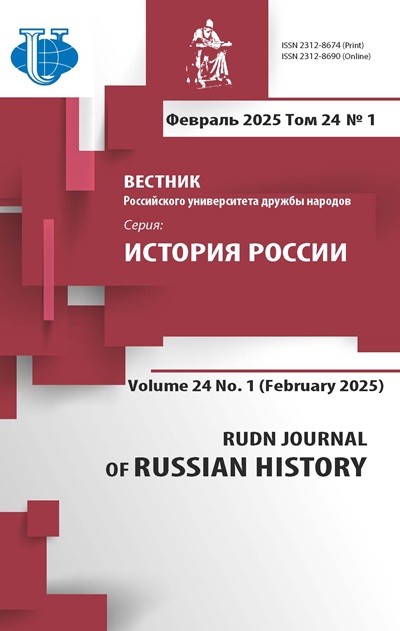Abstract
The article examines the issue of how the Baltic territory was included in the Russian Empire during the Great Northern War. This process turned out to be very difficult in several aspects - military, diplomatic and managerial. In the first years of the war, Peter I did not at all consider the Baltic as a territory that could become part of Russia; the Russian troops devastated the territory; and ahead of the Swedish offensive in 1708, the occupied cities were ruined. After the victory at Poltava, in 1710, the situation changed; the entire Baltic region was occupied, and the Russian leadership began to establish relations with the local population. On this territory, the elements of local self-government were preserved, freedom of religion was proclaimed; in Riga, Revel and Pernau there were small garrisons with artillery weapons, which were under the jurisdiction of the local authorities. At the same time, a diplomatic struggle was waged for the inclusion of the Baltic in Russia. On the one hand, Sweden did not want to leave these territories at all. On the other hand, before the beginning of the Great Northern War, Peter I and Saxon Elector August II (who was also the king of Poland) reached an agreement that the territory of the Baltic States would be given to him. But as the Russian troops succeeded, Peter I began to gradually strive for the Baltic lands’ transferring to Russia. For a decade, diplomats had to maneuver, and in the end, they were able to achieve success - following the results of the Treaty of Nystad of 1721, the territory of the Baltic States (as well as Ingria) was included in the Russian Empire not only de facto, but also de jure. After that, it took several more years to resolve the situation related to landed estates.
















